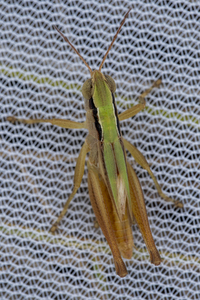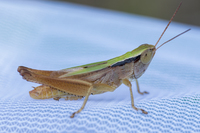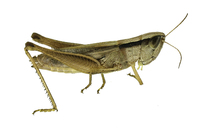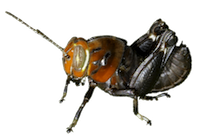| |
Family (Alpha): | |
| View | Acrididae Members:
| NC Records |
|---|
Dichromorpha elegans (Morse, 1896) - Elegant Grasshopper |

Male |
|
|
|
|
|
Image Gallery for Dichromorpha elegans - Elegant Grasshopper
|
 | Recorded by: Mark Shields
Onslow Co.
Comment: |  | Recorded by: Mark Shields
Onslow Co.
Comment: |
 | Recorded by: J.B. Sullivan
Carteret Co.
Comment: |  | Recorded by: J.B. Sullivan
Carteret Co.
Comment: |
 | Recorded by: Stephen Hall, Bo Sullivan, Arno Schadt
New Hanover Co.
Comment: Several seen in marsh grasses along the Cape Fear River. |

 »
»
 »
»